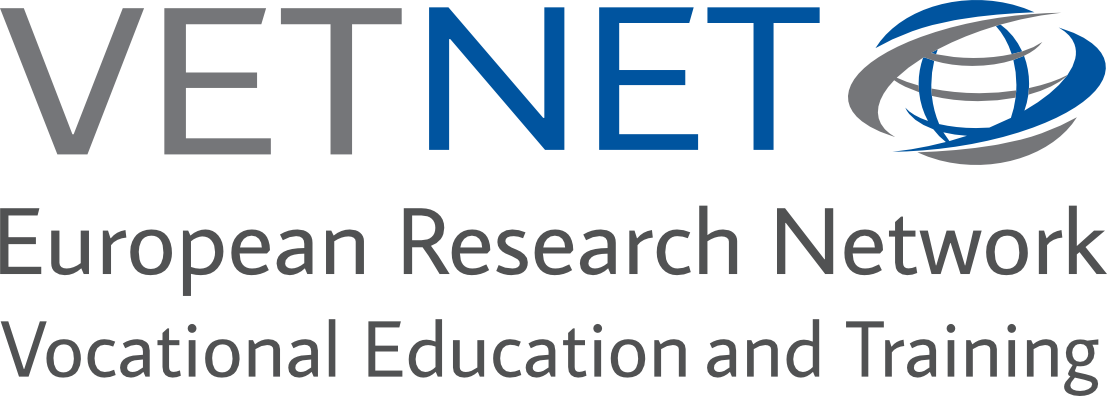Who is Going to Build the Wall? A Building Trades Crisis in the U.S.A.
DOI:
https://doi.org/10.13152/IJRVET.5.1.4Keywords:
VET, Vocational Education and Training, Building, Career, Technical Vocational Education, Construction, Skilled Trades, Workforce EducationAbstract
The context of this study was to examine factors contributing to significant workforce shortages in building trades in the United States. As it is, recruitment of qualified skilled trades workers is becoming increasingly difficult due to lack of a pipeline of prospective workers, and training programs. The study assumed a theoretical inquiry approach in order to address the following three main questions: 1) What is the scope of the workforce shortage in skilled and building trades in the US? 2) What factors are recognized as contributors to the building trades workforce shortage in the US? And, 3) What strategies can be implemented to reverse building trades workforce shortages in the US? Findings affirmed that the scope of workforce shortages in skilled and building (con- struction) trades in the US is very broad and the impact is rather deep. Factors con- tributing to the shortage include: declines in high school technical education programs, which have been replaced by career academies; misconception that higher education al- ways equal higher income, but the untold story is higher debt associated with pursuing higher education; and stricter immigration laws, which are forcing potential workers out of the US. The study concluded that in order to reverse currently declining workforce trends the following six strategies should be implemented: 1) Make it a national priority, thereby appropriating adequate resources to the effort. 2) Increase the number or women and African Americans in building trades. 3) Expand apprenticeship programs. An expan- sion of both government and corporate incentives are needed to stimulate an increase in apprenticeships. 4) Reintroduce building and skilled trades programs in secondary and postsecondary schools. Growth in the number of Career Academies, and participation in them has been encouraging, yet there are not enough of them to meet the need. 5) Re-examine guest-worker programs, which are currently cumbersome for employers to participate in, and do not allow for anywhere close to the number of workers needed to meet workforce needs. 6) Change marketing of building trades from menial to meaning- ful. Many young people simply do not know that they can make a comfortable living from a career in skilled trades. They have been taught that at least a bachelor’s degree is needed in order to have a successful career. This narrative has to be revised in order to create a pipeline of prospective skilled trades employees for the future.





